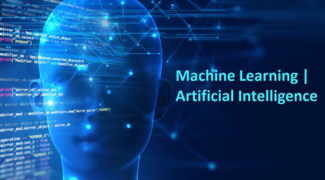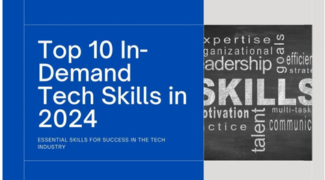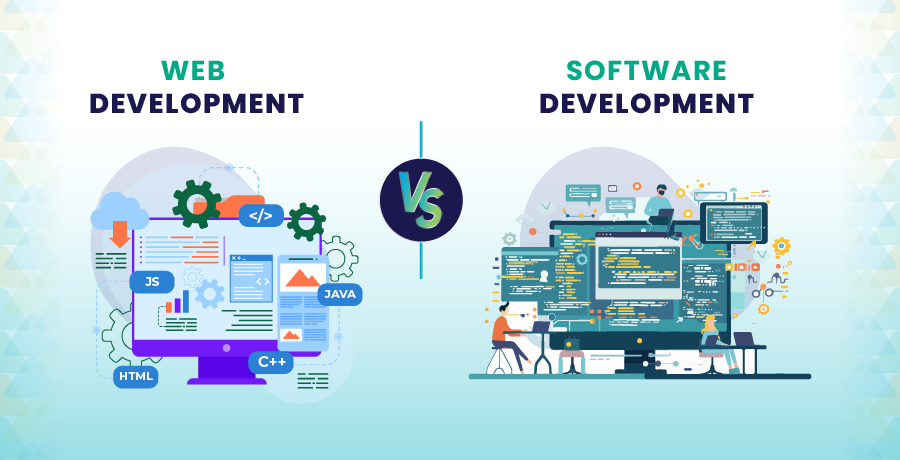The Role of AI and Machine Learning in Software Development

AI and machine learning (ML) are profoundly impacting software development, transforming how applications are built, tested, and optimized. Here’s a look at the key roles AI and ML play in software development:
1. Code Generation and Assistance
- Automated Code Generation: AI tools like GitHub Copilot use machine learning models trained on vast amounts of code to suggest code snippets, complete functions, or even write entire blocks of code based on the developer’s intent.
- Code Assistance: AI-driven tools can assist developers by providing context-aware suggestions, catching syntax errors, and offering real-time code reviews.
2. Bug Detection and Debugging
- Automated Bug Detection: AI can analyze code to identify potential bugs, vulnerabilities, or performance issues. Tools like DeepCode or Snyk leverage AI to scan codebases and highlight areas of concern.
- Debugging Assistance: Machine learning models can help in debugging by analyzing patterns in errors or crashes and suggesting possible fixes based on historical data.
3. Testing and Quality Assurance
- Test Automation: AI can automate the creation and execution of test cases, helping to ensure that software is thoroughly tested. Tools like Testim and Applitools use AI to create dynamic test scripts and validate visual elements.
- Predictive Testing: ML algorithms can predict which parts of the codebase are more likely to fail based on historical data and usage patterns, allowing developers to focus their testing efforts more effectively.
4. Code Optimization
- Performance Tuning: AI and ML can analyze code and runtime behavior to suggest optimizations that improve performance, such as optimizing algorithms or memory usage.
- Resource Management: AI can help in optimizing resource allocation in cloud environments, balancing load, and scaling resources dynamically based on application needs.
5. Personalized User Experiences
- Recommendation Systems: AI-driven recommendation engines personalize user experiences by analyzing user behavior and preferences. This is widely used in e-commerce, streaming services, and social media.
- Natural Language Processing (NLP): NLP models enhance user interactions through chatbots, virtual assistants, and language translation, making applications more intuitive and responsive.
6. Data Analysis and Insights
- Predictive Analytics: Machine learning algorithms analyze large datasets to uncover trends, make predictions, and provide insights that can inform decision-making and feature development.
- Anomaly Detection: AI can identify unusual patterns or anomalies in data, which can be crucial for detecting fraud, monitoring system performance, or improving security.
7. Enhanced Development Tools
- Intelligent IDEs: Integrated Development Environments (IDEs) are incorporating AI to provide features like intelligent code completion, contextual documentation, and automated refactoring.
- Project Management: AI can assist in project management by predicting project timelines, identifying risks, and recommending resource allocation based on historical data.
8. Improved Software Security
- Threat Detection: AI models can analyze patterns to detect potential security threats or breaches, identifying vulnerabilities before they are exploited.
- Automated Penetration Testing: AI can simulate attacks to test the security of applications, providing insights into potential weaknesses.
9. Continuous Integration and Deployment (CI/CD)
- Automated Deployment: AI can optimize and automate the CI/CD pipelines, managing the build, test, and deployment processes more efficiently.
- Performance Monitoring: AI tools monitor application performance in real-time, providing alerts and suggestions for improvements based on observed behavior.
10. Collaboration and Documentation
- AI-Driven Documentation: Tools can automatically generate or update documentation based on code changes, making it easier to keep documentation accurate and up-to-date.
- Team Collaboration: AI can analyze communication patterns and project data to enhance team collaboration, manage workflows, and optimize productivity.
Conclusion
AI and machine learning are becoming integral to software development, enhancing productivity, improving code quality, and enabling more sophisticated features. As these technologies continue to evolve, their role in software development is likely to expand, offering even more opportunities for innovation and efficiency. Embracing AI and ML can help developers stay at the cutting edge of technology and deliver better, more intelligent software solutions.








